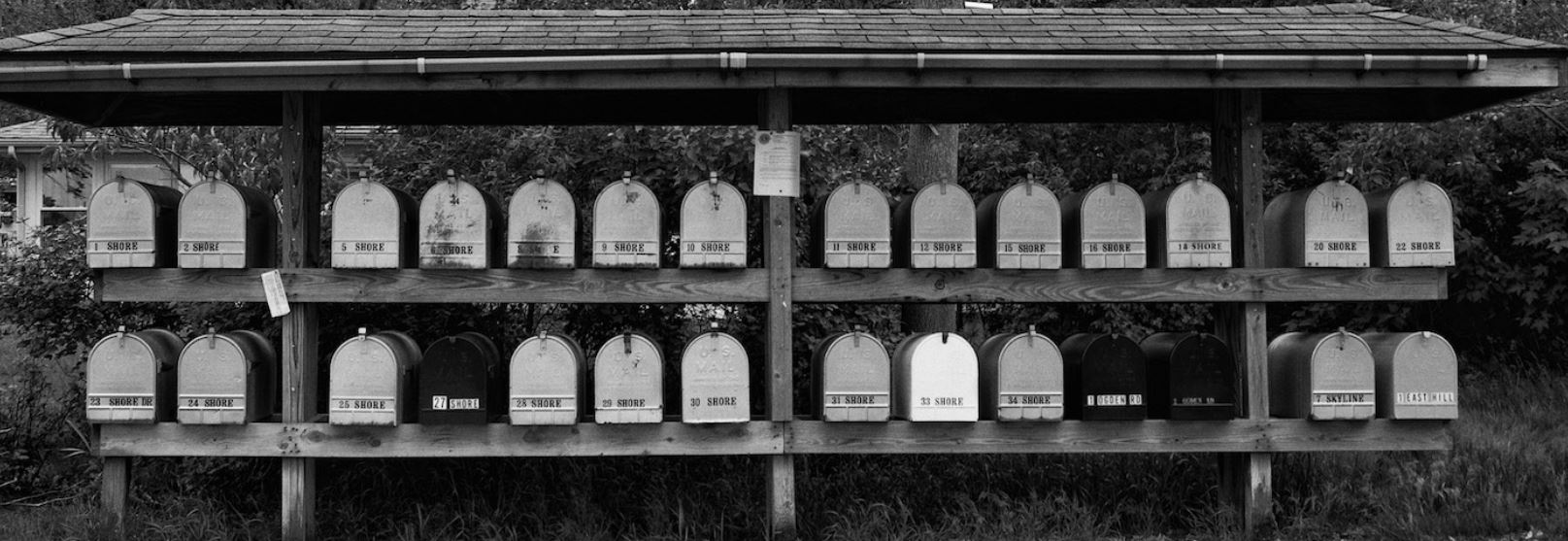


From Newsroom to Newsletter: How Local Journalists are DIYing Important Coverage via Email
From Christine Schmidt, writing for the Nieman Foundation at Harvard:
Cari Wade Gervin had a story that needed to be reported, and nobody else was going to do it.
After two decades working in journalism, she had lost her job at a Tennessee alt-weekly in 2018 and turned to freelancing. She had found a story that involved the office of the state’s speaker of the house apparently faking an email in order to get the bond of an activist (who’d been arrested for protesting) suspended. “I pitched it, and no one wanted the story. I was like, ‘Well, I’ll just start a newsletter and send it out, because somebody needs to write about it.”
And so she did, in March, launching The Dog and Pony Show. Then she wrote about the governor’s staff using auto-deleting messaging apps to circumvent open records laws. Then she wrote about a married state representative who had voted against LGBTQ interests while using Grindr to meet up with younger men, leading to his resignation. That was the 15th issue of her newsletter (including several distributing the governor’s public schedule), five months after she’d started it, and now with almost a thousand subscribers.
In North Carolina, Tony Mecia was laid off from the conservative Weekly Standard when it shut down, and he too planned to return to freelancing — the same way he’d done it after taking a buyout at The Charlotte Observer a decade earlier. But then he considered the local business reporting scene and wondered how he could play a role. “I didn’t want to borrow or invest a bunch of money starting something up,” he said. So Mecia started sending out a newsletter three mornings a week — free, for now, to start — sharing a mix of original reporting and a scannable roundup. He’s at 1,600 signups after six months. “If it’s something you want to do, then don’t wring your hands,” he said.
Jack Craver highlights the Austin City Council’s happenings in his own newsletter in Texas; Shay Castle started sending out a newsletter about the activities of politicians in Boulder, Colorado after leaving the Daily Camera; and Adam Wren launched a newsletter alongside his freelance reporting on Indiana’s national political presence.
Inboxes are swelling with newsy email newsletters these days, and a lot of the industry dialogue centers on major national brands. (The New York Times in California, Wall Street Journal tweaks, Axios engagement, etc.) While places like The Atlantic, The Wall Street Journal, The Washington Post, and The New Yorker have all recently created roles specifically for developing their newsletter portfolios and purposes, the trend has taken off locally too — with a twist.
For the rest, click here.
PHOTO OF RURAL MAILBOXES BY DON HARDER USED UNDER A CREATIVE COMMONS LICENSE.